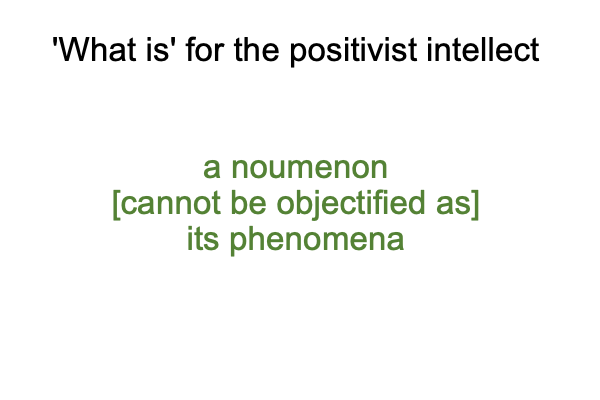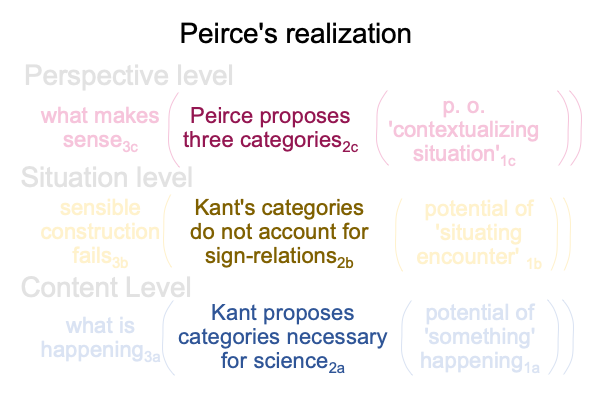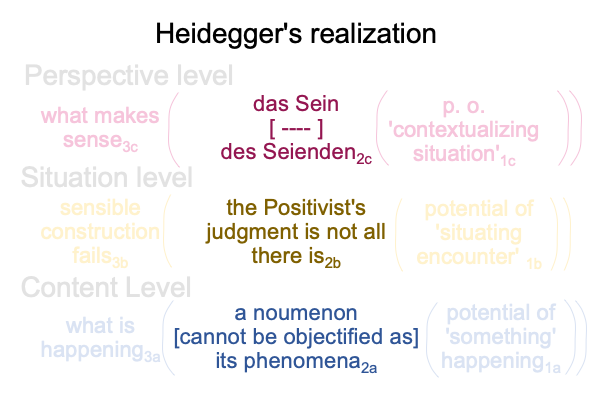0151 After a century, Kant’s insights are reified into a slogan.

0152 At this time, Peirce considers the nature of sign-relations. The story is told in A Primer on Sensible and Social Construction (by Razie Mah, available at smashwords and other e-book venues). Peirce knows that Kant’s categories are considered necessary for science, but he cannot situate Kant’s categories using his understanding of sign-relations.
So, Peirce’s social construction follows the same pattern.

0155 Heidegger walks on stage around three decades later. At the time, only a few academics are familiar with Peirce’s (re)discovery of the causality inherent in signs and his proposal of three categories of existence.
0156 Heidegger starts as a student of philosophy. During this time, he reads a book on speculative grammar by the medieval scholastic, Scotus. But, the treatise is only attributed to Scotus. The real author is Thomas of Erfurt.
Then, Heidegger becomes a student of Husserl. Husserl’s phenomenology wrestles with the nature of science. Husserl proposes phenomenology (which is named after phenomena) in order to return to the noumenon, the thing itself, because science was on the verge of fixating on phenomena to the exclusion of its noumenon.
0157 I suppose that Heidegger realizes that what Husserl is dealing with (the Positivist’s judgment) does not extend to what Scotus (er… Thomas of Erfurt) discusses with his speculative grammar.
Eventually, Heidegger produces a social construction that bears the imprint of the hylomorphic structure that Husserl wrestles with.

